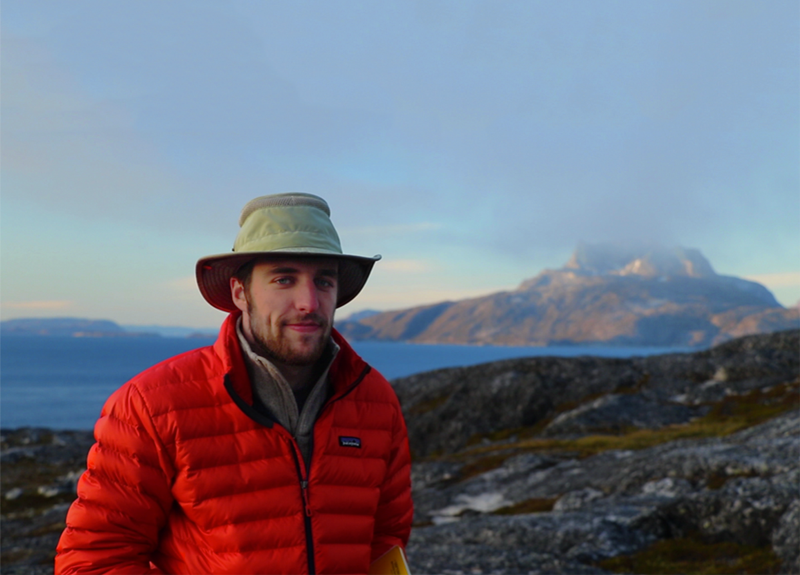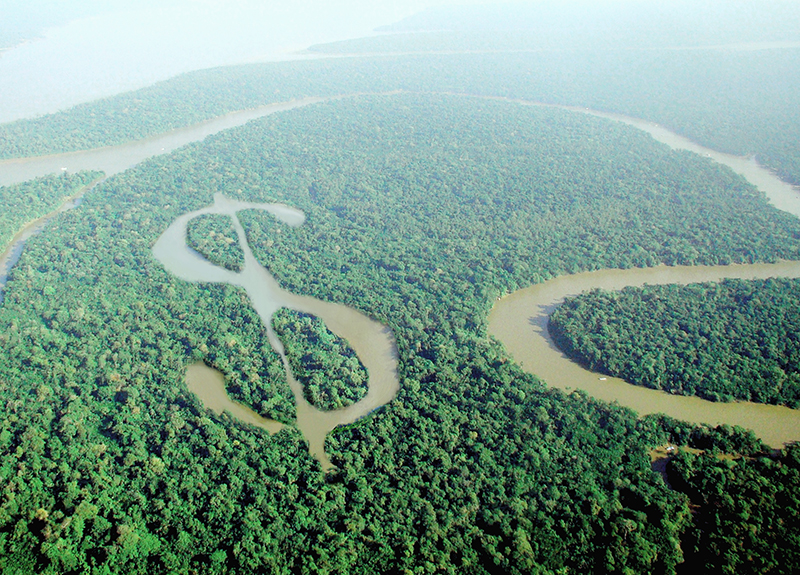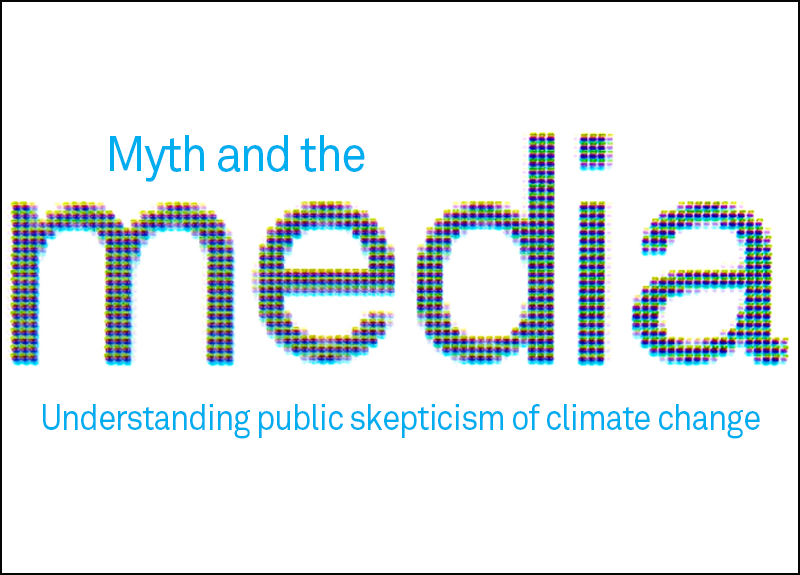An inside look into reporting on climate change
Day in and day out, Bryce Gray (Medill ’16), a reporter for the St. Louis Post-Dispatch, decides on the most meaningful and scientifically-sound ways to convey environmental issues to Missourians.
“On a typical day, I’ll cover a flooding event and convey competing explanations from the experts,” Gray says. “Some of the experts say that the flooding is caused by overbuilt levees, and some say it’s climate change. Although the explanations can get really technical, it’s our job to relay that complexity.”
Reporting on climate change in a community that is home to two of the largest coal suppliers in the world, Gray also stresses the importance of energy-related stories that defy stereotypes.
“The coal economy is often tied to the tale of the American Dream—you hear stories of self-made executives who have struck it rich,” he says. “That mythical tale allows these industries to maintain a disproportionate influence over people living in these company-supported towns.”
To convey an alternative narrative, Gray says he highlights community leaders who challenge that perception. He recently reported on Caleb Arthur, the CEO and founder of Sun Solar, Missouri’s largest solar company. A conservative Republican, Arthur comes from humble beginnings and has reached this level of success without a college degree, saying he works in renewable energy because it makes smart business sense.
“It’s important to tell more stories like this and to highlight figures who are relatable, who readers can aspire to be like, or at least who influence their understanding of success,” Gray says.
Gray graduated from the Medill School of Journalism, Media, Integrated Marketing Communications at Northwestern in 2016. The school’s graduate program offers a specialty track for students who wish to pursue health and science reporting, and awards the Comer Scholarship for Environmental Reporting to those committed to reporting on issues related to the environment and climate change.
Abigail Foerstner, assistant professor and co-director of the science reporting program at Medill, trains the next generation of science reporters to beware of false equivalency in science reporting.
“You don’t want to confuse the science and political opinions as two sides of the science,” she says. “The atmospheric physics of carbon dioxide doesn’t change from red states to blue states, and the climbing CO2 levels are the thermostat for global warming.”
Foerstner also prepares her students to think critically about scientific information, to rely on the scientific community to analyze a new research claim in context, and to protect themselves from the scrutiny of climate skeptics.
“Students have to really make sure they understand the science,” Foerstner maintains. “There’s a lot of pushback on science reporters and science reporting right now, and they really have to learn to do due diligence—fact checking, looking at the data sets, and creating graphs that can convey some of the complex scientific concepts in an understandable way.”
“You don’t want to confuse the science and political opinions as two sides of the science.” — Prof. Abigail Foerstner, Northwestern
Writers are not the only group thinking about how to communicate science at an interpersonal level. Increasingly, scientists are seeing the value of becoming the communicators of their own work. For them, the charge is not only to conduct research to advance solutions for the public good, but also to communicate findings in a way that is meaningful to the public.
In her geologic studies to reconstruct past climate records around the Arctic, Yarrow Axford, associate professor of earth and planetary sciences at Northwestern, communicates how lessons from the Earth’s past in remote places can help predict life-threatening impacts projected to occur in the future.
In addition to this field work, Axford teaches Communicating Science Beyond Academia, a course that aims to prepare science students to take on roles as communicators.
“It can be hard to realize that you’re speaking in jargon, or that the significance of your work is not obvious to everyone—and if you don’t make the relevance or importance of your work obvious, your findings won’t move beyond academia,” Axford says. “This is why it’s really important to train future scientists to step up to the plate and effectively engage with the public.”
In her seminar, Axford also challenges the perception that communicating science to a general audience requires oversimplifying it or “dumbing it down.”
“People don’t want to hear the dumb version,” Axford says. “They want to be excited about the science and understand what is important and interesting about it.”
The most important lesson Yarrow wants her students to take away is that communicating is all about the audience.
“The first step is recognizing that not all audiences are the same,” she says. “Whether you’re talking to the alderman, or a church group, or to people at a golf course, you won’t get your message across unless you understand your audience and present your work in a way that piques their interest and that matters to their everyday lives.”






